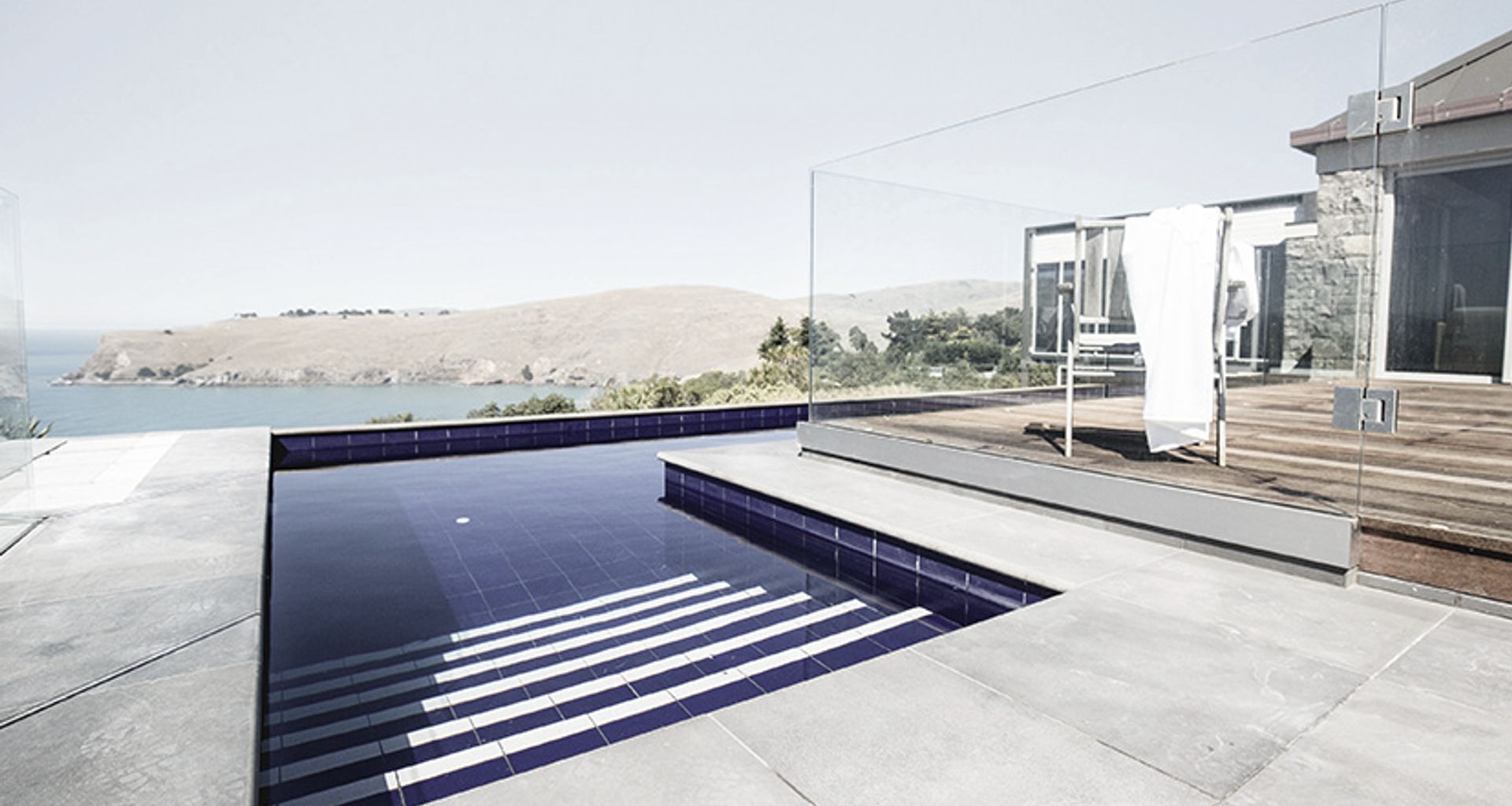Vacuum Cleaning Your Pool

From time to time the floor of your swimming pool will need to be vacuumed to remove any dirt, dust, debris or dead algae which has settled there.
The method for Manual vacuuming is as follows:
- First, assemble the vacuum head to the handle and vacuum hose. (Some hoses have a special swivel cuff fitted to one end and it is this cuff which should be connected to the vacuum head).
- Insert the vacuum plate into the skimmer.
- Join all the individual sections of hose together to make a single length of hose.
- Now with your hose coiled by your side, gently lower the vacuum sweeper head by its handle to the pool floor and then slowly feed your hose into the pool pushing it underwater as you feed it in. The importance of this being to ensure that no air is trapped in the hose.
- Finally, connect the open end of the hose into the skimmer, keeping it underwater all the time if possible, bypassing it through the surface skimmer mouth, and inserting the cuff into the suction hole in the vacuum lid.
- Then push the button labelled ‘PUMP’ on the chemigem. This will override the timer and run the pump for 1 hour.
NOTE: The process is the same with your Automatic pool cleaner. The only change is the head of the vacuum and the pump will need to run for a longer period of time. This can be achieved by plugging your pool pump directly into a powerpoint.
IMPORTANT!
ALWAYS CLEAN OUT ANY STRAINER BASKETS AND BACKWASH THE FILTER BEFORE COMMENCING VACUUM CLEANING.
You are now ready to start vacuuming as follows:
- In conditions where a pool is very heavily soiled, especially if there is a carpet of dead algae on the floor after shock dosing with chlorine, then vacuuming direct to waste is the best solution, thus avoiding overloading your filter bed, which may result in dirt passing through the filter media back into the pool. However, if the pool floor is covered with leaves and debris, as is often the case when re-opening the pool in the spring, it is certainly best to remove as much of this excess rubbish as possible before vacuuming, using a leaf net. Taking this preliminary step will help to avoid blockages in your vacuum hose, skimmer basket, pump basket or multiport valve.
- To commence vacuuming, switch off the filter pump, plug in the vacuum hose as described earlier, and make sure that the multiport valve is set to “ FILTER”, switch on the pump and commence vacuuming.
- During the vacuuming process, the suction performance of the cleaner will deteriorate steadily until it ceases to pick up the dirt satisfactorily.
- The suction performance can fall off for several reasons, the first being a blockage in the pump strainer basket which would be also indicated by a drop in the filter pressure gauge reading. To empty the basket, switch off pump, set multiport valve to “CLOSED”, make sure the suction valve is closed or inlet sealed, remove the lid, lift out and clean basket. Replace basket and pump lid, set multiport valve to “FILTER”, open skimmer suction valve or inlet and switch on the pump. Should suction performance fall off and the filter pressure gauge reading rise, then the filter bed has become overloaded and needs backwashing as described earlier under the section “BACKWASHING YOUR FILTER”.
- It is also possible that the vacuum sweeper head outlet hole or the hose itself can become obstructed, in which case the offending objects must be physically removed.
- Continue these operations until the swimming pool floor is clean, switch off pump disconnect hose from the skimmer vacuum plate, remove the hose, handle and vac head from the pool. Make sure that vacuum suction valve is closed. Now top-up pool water to correct level if necessary and make sure multiport valve handle is in “FILTER” position. You may need to carry out another backwash at this point. Switch on the pump and you are now back in the normal operating mode.
